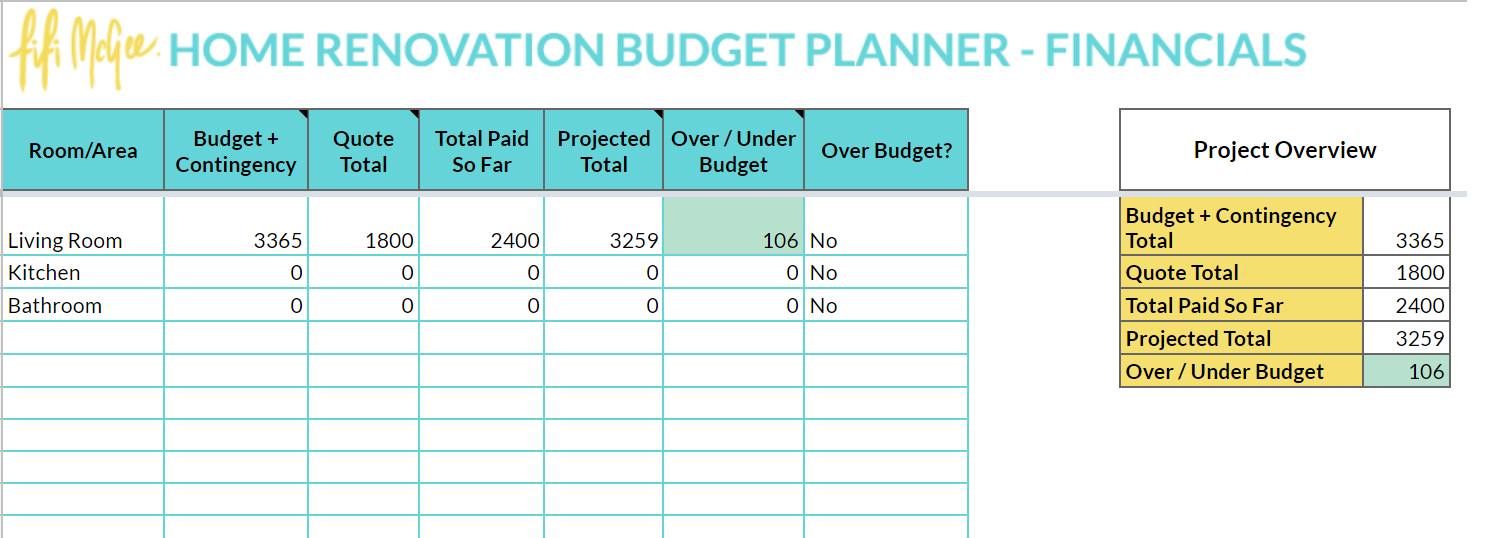Renovation can be a thrilling adventure for any homeowner. The prospect of transforming a space to suit your style and needs is exciting, but it can quickly turn into a financial nightmare if not planned properly. Before you break out the sledgehammers and start envisioning your dream kitchen, it’s essential to assess renovation costs.

Underestimating costs is a common mistake many homeowners make, and it can lead to project delays, contractor disputes, and a whole lot of stress. In this article, we’ll walk you through a step-by-step process to help you estimate renovation costs accurately and set realistic expectations.
Start by Defining Your Project Scope
Before you begin estimating costs, it’s crucial to define the project scope. This includes making a list of the changes you want to make, the rooms you want to renovate, and the materials you want to use. Be as specific as possible to ensure everyone involved is on the same page.
For instance, instead of saying "I want to renovate my kitchen," say "I want to install new cabinets, granite countertops, and a farmhouse sink in my kitchen." This level of detail will help you get more accurate estimates from contractors and suppliers.
Gather Information and Research Costs
Once you have a clear project scope, start gathering information and researching costs. Here are a few ways to do this:
- Get quotes from multiple contractors: Reach out to at least three contractors and provide them with your project scope. Ask them to provide a detailed estimate, including materials, labor, and timeline.
- Check online pricing guides: Websites like HomeAdvisor, Houzz, and Angie’s List provide pricing guides for various renovation projects. These guides can give you a rough idea of what to expect.
- Visit hardware stores and showrooms: Take a trip to local hardware stores and showrooms to get a better understanding of material costs. Compare prices and take notes.
- Talk to friends and family: Ask friends and family members who have renovated their homes in the past about their experiences. They can provide valuable insights and tips on how to save money.
Categorize and Prioritize Expenses
Renovation costs can be categorized into three main areas: labor, materials, and permits. Knowing how to categorize and prioritize these expenses is crucial for creating an accurate budget.
Labor costs typically account for 30-40% of the total renovation cost. This includes the cost of hiring contractors, electricians, plumbers, and other professionals.
Material costs account for 40-50% of the total renovation cost. This includes the cost of lumber, drywall, flooring, and fixtures.
Permits and inspections account for a smaller percentage of the total renovation cost. These costs vary depending on your location and the type of renovation you’re doing.
Prioritize expenses by focusing on the must-haves and nice-to-haves. Must-haves include essential elements like plumbing, electrical work, and structural support. Nice-to-haves include cosmetic elements like flooring, cabinets, and countertops.
Add a Contingency Fund
Renovations rarely go as planned, and unexpected expenses can arise. To avoid going over budget, it’s essential to add a contingency fund to your budget. A contingency fund is a reserve of money set aside to cover unexpected expenses.
The general rule of thumb is to allocate 10-20% of the total renovation cost to the contingency fund. This fund can be used to cover expenses like:
- Unexpected repairs or replacements
- Changes to the original plan
- Permits and inspections
Create a Project Timeline
A renovation project timeline is crucial for staying on track and avoiding delays. Create a timeline that includes:





